The Gift of South Dakota
Subscriptions to South Dakota Magazine make great gifts!
Subscribe today — 1 year (6 issues) is just $29!
Invisible Citizens
Nov 6, 2012
November is designated as Native American Heritage Month. There’s plenty of attention focused on American Indian Heritage Month elsewhere. But there isn’t much hoopla surrounding it all on the Rosebud Reservation. We really shouldn’t have to acknowledge the month as a time to recognize ourselves because we are Lakota every day of our lives, not just during one month of the year; right? It is also up to us as individuals to maintain the genuine Lakota heritage set down for us by our ancestors in our daily walk of life.
Even though there are lots of activities across the nation recognizing American Indians and all the contributions our people have made to mainstream society during this month, I still believe the Lakota people of South Dakota remain largely invisible to mainstream society in many ways.
Our tribes are often referred to as sovereign nations even though as individuals we are also considered American citizens. We are residents of the counties and states in which we reside but many of their economic statistics overlook the conditions our people live in on our reservations. For instance, I do not believe South Dakota’s unemployment statistics include all the people who cannot find work on the rez. On the other hand, our conditions are acknowledged when the counties in which we live are singled out by census statistics as the poorest places in the country. This is one of the few times we are recognized by state officials.
November is the month when we recognize our soldiers on Veterans Day. Countless brave Lakota men and women have served in the United States military. Many of our family members are currently deployed to places far away from their homelands. Grandparents, parents, siblings, children and many other relatives pray for their safe return every day.
November is when many American households will cook a big dinner to feed several family members and friends to acknowledge Thanksgiving Day. This is the annual day set aside in order to celebrate family, abundance and thanks. But there would be no Thanksgiving holiday without the contributions of the Indian tribes in this country. I say Indian tribes for the lack of space to list over 500 tribes that reside in this country. Many of their members are like me: I would much rather be called a Lakota than Sioux or American Indian or Native American.
And here on the rez, Thanksgiving is not much different from any other day of the year because many families living here cook a big meal every day of the year to feed many of their relatives who cannot afford to buy their own food. People all over the country are celebrating abundance while many of our Lakota and other tribal people are lucky to have a daily meal. Abundance of material possessions is not something we can celebrate on a regular basis on the rez.
Still, we give thanks for all that we have. Lakota people do not wait until Sunday to pray nor do we wait until the official Thanksgiving Day to appreciate what we have. Many prayers are said each day by those of us who are grateful for the little things, such as another sun rise or having water to drink in the morning. Daily prayers of appreciation are also given for good health and the love of our families.
Lakota people even pray for those ignorant non-Indians who wish we would all just boil quietly away into the American melting pot. We pray that the open hatred directed at people of color will one day be overcome and be replaced by peace in the shallow hearts of those who judge. We also give daily thanks for Unci Maka (Mother Earth) and all the gifts of sustenance she provides us with.
In closing, I want to offer a public thank you to all of our young Lakota people who struggle to take the proper steps to ensure the survival of our way of life. There are many Lakota teenagers who regularly attend ceremony to pray and sing. They make a point to learn the protocols of ceremony. These young people are our spiritual leaders of tomorrow and we must always encourage them.
Vi Waln is Sicangu Lakota and an enrolled member of the Rosebud Sioux Tribe. Her columns were awarded first place in the South Dakota Newspaper Association 2010 contest. She can be reached through email at sicanguscribe@yahoo.com.


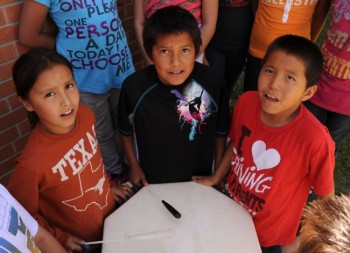

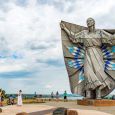

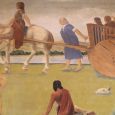
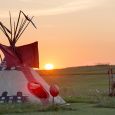
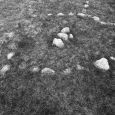


Comments